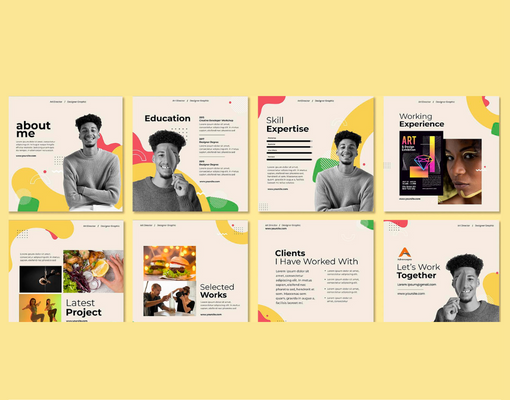

When compared to telling, showing always has a greater impact. While it’s crucial to list your experience, abilities, and accomplishments on your resume, providing visual examples of your work in the form of a portfolio boosts your credibility and makes your experience come to life.
Although making a portfolio is frequently connected with creative jobs like graphic design or photography, doing so can be extremely helpful in any line of employment and will make you stand out more in interviews.
When attending an interview, bring a hard copy of your portfolio and be prepared to leave it with the interviewer. Your portfolio may be shown in a folder or binder with a tastefully prepared table of contents and title page. Alternatively, you can use a tablet to present your portfolio digitally during the interview and send the interviewer a copy of it through email later.
On a separate website, you may display your portfolio using other digital choices. There are themes available with website builders like Wix, Squarespace, and WordPress, and they can be a cheap or even free choice. If your work samples are presented as photographs, you may also post your portfolio on other websites like Behance, Flickr, or YouPic.
Include examples of your best and most current work, such as: in your portfolio.
Include a description of the who, what, where, when, why, and how of the samples you use, if at all feasible. Give specific details on your contributions to the project and any noticeable outcomes.
It’s crucial to protect the privacy and confidentiality of personal information, financial data, and intellectual property while developing material for your portfolio, especially if you have signed any non-disclosure agreements. One alternative is to obscure or redact names and important information, but that might be aesthetically unpleasant. Replace factual aspects with fictitious ones as an alternative, such as referring to someone as Jane Doe or a company as Company X, and replace real figures with approximations or made-up values.
Subscribe & get all related jobs notification
copyright 2025